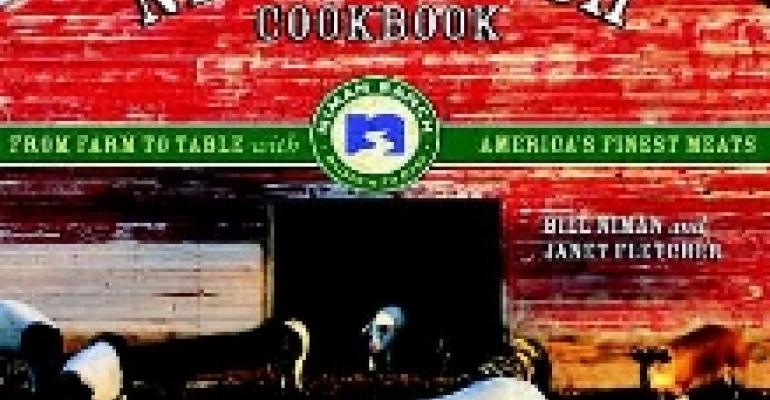 The market for premium-priced, source-specific meat is getting bigger every day, and Bill Niman is the guy who just about single-handedly created it. His Niman Ranch brand beef, pork and lamb are prominently noted on white tablecloth menus from coast to coast, and even fast casual giant Chipotle Mexican Grill serves up a hefty portion of Niman Ranch pork in its $5.50 tinfoil-encased carnitas burrito. He's a true, and also highly successful, pioneer.
The market for premium-priced, source-specific meat is getting bigger every day, and Bill Niman is the guy who just about single-handedly created it. His Niman Ranch brand beef, pork and lamb are prominently noted on white tablecloth menus from coast to coast, and even fast casual giant Chipotle Mexican Grill serves up a hefty portion of Niman Ranch pork in its $5.50 tinfoil-encased carnitas burrito. He's a true, and also highly successful, pioneer.
Livestock markets are notoriously volatile and complex. Niman, a back-to-thelander in the early 1970s, definitely wasn't a part of the meat industry's old-boy network then, nor is he now. The story of how Niman brought his once-tiny operation to its current success makes for an interesting read.
But it's only part of The Niman Ranch Cookbook–From Farm to Table With America's Finest Meats (Ten Speed Press; $35). Co-written with Janet Fletcher, the book also spells out the company's commitment to old-school animal husbandry practices. And there's a collection of 46 recipes for beef, pork and lamb provided by an eclectic group of culinarians who feature Niman meats. Contributors include celebrity chefs (Mario Batali, Ming Tsai), regional stars (Birmingham's Frank Stitt; Michael Leviton from Boston's Lumiðre), up-and-comers you'd want to know (Sante Salvoni from the Slow Club in San Francisco, Tom Schnetz from DoÒa Tomas in Oakland) and ranch wives from several Niman Ranch outposts.
And Niman Ranch does have outposts. The original ranch in Bolinas, CA, still functions as a modest cow-calf operation, but the "Niman Ranch" label refers much more to how animals are raised rather than where. Niman Ranch today is an alliance of family farms and ranches spread across the country. A network of ranches primarily in Northern California, Oregon and Idaho send their cattle to Niman's 3,000-head finishing operation in Caldwell, ID, before slaughter. Nine sheep ranchers make up Niman's lamb network, and more than 450 family farms, mostly in the Midwest, raise pork for the company.
All command a market premium for their products because they adhere to Niman's strictures on how animals should be raised.
"With Niman Ranch, we have an opportunity to demonstrate an alternative method of raising livestock, one that produces great food and supports family farms, and does both in an environmentally appropriate and humane manner," Niman says. "I think of this as the triple bottom line, the idea that you have to consider not just the immediate financial costs, but also the long-term environmental and social costs of everything you do."
Noble sentiments, to be sure, and some of the chefs who feature Niman Ranch meats echo Bill Niman's ideas about sustainability. But perhaps a greater number purchase it because of the way it tastes—the byproduct, the authors say, of the company's strict protocols—and for its marketing value on their menus. Even readers who don't care as passionately about these issues as Niman does will learn why following them may matter for your business.
At minimum, you'll definitely have plenty of questions to ask your current meat supplier once you've read this book. And the 70-page recipe section alone is worth the price of admission. Niman's book is educational, practical and entertaining—and highly recommended to RH readers.





